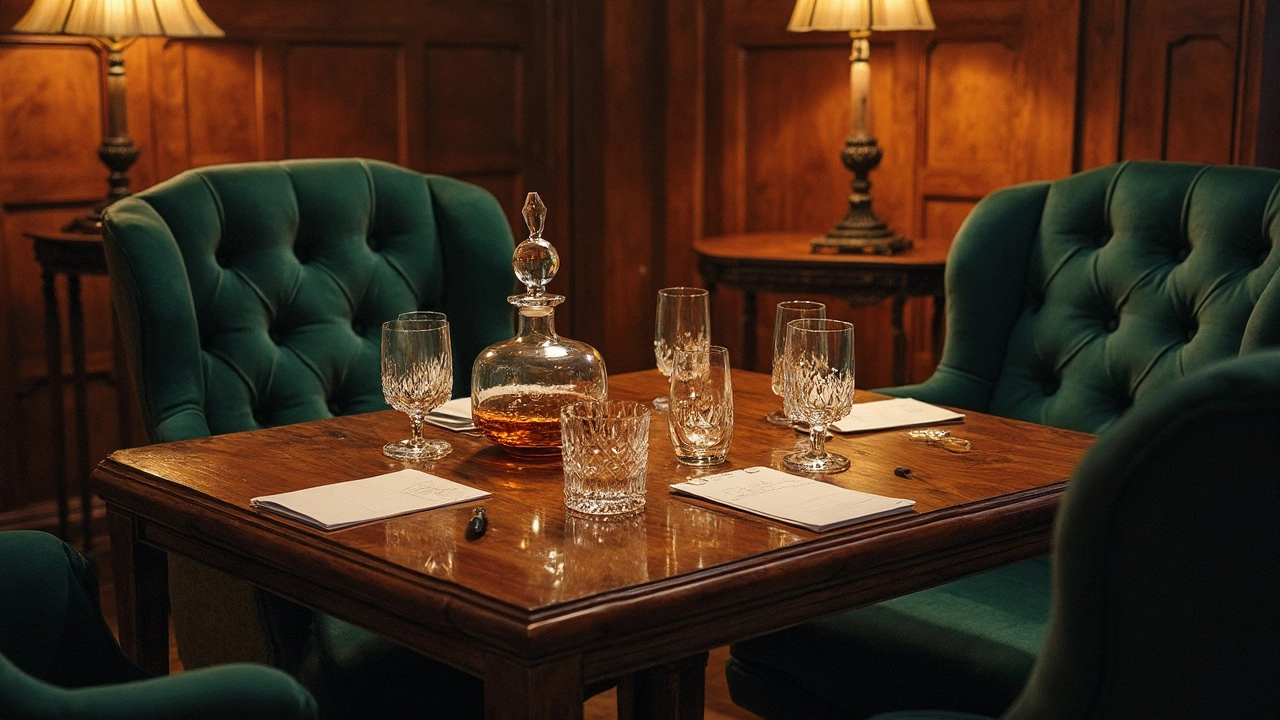Spirit Tasting 101: Simple Tips to Enjoy Any Spirit
If you’ve ever watched a sommelier swirl wine and wondered why they do the same with whisky, gin or rum, you’re not alone. Tasting spirits isn’t a secret club – it’s a handful of steps anyone can follow. The goal is simple: let your nose and palate work together so you truly hear what’s inside the bottle.
Step‑by‑Step Tasting Process
1. Choose the right glass. A tulip‑shaped glass or a Glencairn keeps the aromas focused. If you don’t have one, a small tumbler works fine – just don’t use a huge highball.
2. Look at the color. Hold the glass up to the light. Darker shades often mean a longer aging period or a heavy caramel influence. Light hues usually point to younger spirits or clear ingredients.
3. Give it a gentle swirl. A quick turn releases volatile compounds. You’ll notice a thin mist forming on the inside of the glass – that’s the scent carrier.
4. Sniff, then sniff again. Take a short, shallow sniff first, then a deeper one. Try to pick out fruit, spice, wood or floral notes. Don’t overthink it; just note what pops into your mind.
5. Take a small sip. Let the spirit sit on your tongue. Notice the initial taste, the middle body, and the finish. Does it feel warm, oily, dry, or peppery? Does the flavor change as you hold it?
6. Add a drop of water (optional). A tiny splash can open up hidden flavors, especially in high‑proof whisky or cask‑strength rum. If the spirit suddenly smells sweeter or less harsh, you’ve just unlocked a new layer.
Practice makes perfect. Try the same spirit a few times with different water amounts and you’ll start to hear a song you didn’t notice before.
Fun Facts About the Oldest Spirits
When you think of spirit tasting, you might picture modern whisky bars, but the practice goes back centuries. The oldest known distilled spirit dates to ancient Mesopotamia, where early distillers created a rudimentary “fire‑water” from fermented grains. Over time, cultures across the Middle East, China and Europe refined the process, producing everything from arak to shochu.
One surprising fact: many ancient spirits were used for medicinal purposes. People believed a few sips could cure everything from stomach aches to bad luck. Today, the health debate is more about moderation, but the ritual of sipping slowly still feels a bit like a wellness habit.
Another tidbit: the shape of early drinking vessels influenced how people tasted. Wide‑mouthed bowls let aromas rise quickly, while narrow goblets kept them trapped. Modern glass design is a nod to that history – it’s all about guiding the nose to the most interesting parts of the spirit.
So, whether you’re tasting a 12‑year‑old Scotch, a boutique gin infused with local botanicals, or a tropical rum aged in old wine barrels, remember these basics. They’ll help you catch the subtleties that make each spirit unique.
Next time you uncork a bottle, take a moment to look, smell, sip, and maybe add a splash of water. You’ll quickly see why spirit tasting feels like discovering a new story in every glass.
Spirit tasting isn't just for connoisseurs or fancy soirées; anyone can start at home with the right approach. From setting the scene with glassware to understanding aroma and palate, this guide covers all the essentials. You’ll learn about pacing, palate cleansing, and how to identify those elusive 'notes' in your spirits. Get ready to expand your knowledge and impress your friends at your next gathering. Clear, practical tips make it easy to appreciate spirits like a pro.
View Details

